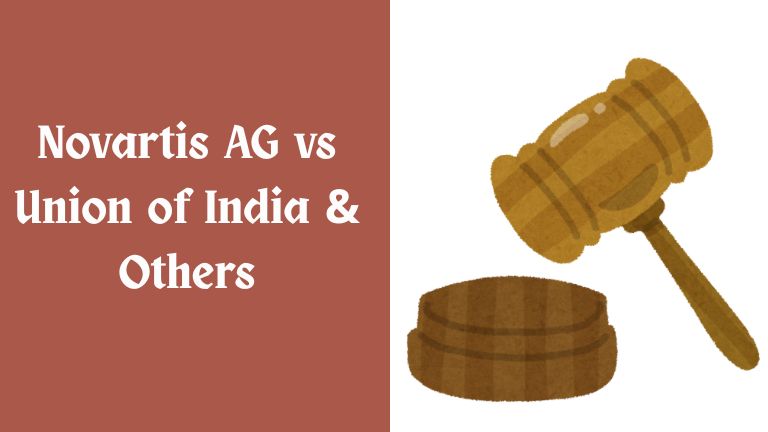
Case Summary: Novartis AG vs Union of India & Others
Citation: (2013) 04 SC CK 0085 | (2013) 6 SCC 1
Case No: Civil Appeal Nos. 2706-2716 of 2013 (Arising out of SLP (C) Nos. 20539-20549 of 2009)
Date of Decision: 01 April 2013
Bench: Hon'ble Justices Ranjana Prakash Desai and Aftab Alam
Final Decision: Appeal Dismissed (Patent Rejected)
[Judgment Source] https://www.courtkutchehry.com/Judgement/Search/AdvancedV2?docid=289147
Law Points Raised:
• Patents Act, 1970 – Section 2(1)(j), 2(1)(ja), and Section 3(d) – Criteria for 'invention' and enhanced efficacy.
• Patentability – Interpretation of 'enhanced efficacy' in pharmaceuticals.
• TRIPS compliance vs Public health obligations – Balancing patent rights with affordable medicine access.
• Role of Section 3(d) in preventing evergreening of patents by pharmaceutical companies.
• Constitution of India – Article 14 and 136 – Equality and discretionary powers in patent litigation.
Ratio Decidendi:
• The beta crystalline form of Imatinib Mesylate does not demonstrate 'enhanced efficacy' over the known substance Imatinib Mesylate.
• Section 3(d) was introduced to prevent evergreening and must be strictly applied.
• Even if a product qualifies as an invention under Sections 2(1)(j) and 2(1)(ja), it must also satisfy Section 3(d).
• The patent application failed the test under Section 3(d) of the Patents Act, 1970.
Final Ruling:
• Novartis’ patent application for the beta crystalline form of Imatinib Mesylate was rejected.
• The Court upheld the rejection by the Indian Patent Office and IPAB.
• Section 3(d) was interpreted to require demonstration of enhanced therapeutic efficacy, which Novartis failed to establish.
• India’s patent regime prioritizes public health and access to medicines over patent monopolies.
Relevant Paragraph Highlights:
• Para 3–4: Core legal questions regarding Section 3(d) and its application.
• Para 5–7: Explanation of invention process and patent claims by Novartis.
• Para 90–95: Analysis of 'efficacy' under Section 3(d).
• Para 180–186: Conclusion on failure to meet criteria of enhanced efficacy.
Conclusion:
This landmark judgment reaffirmed India's strong stance against evergreening of patents and upheld Section 3(d) of the Patents Act, 1970. It established that pharmaceutical patent applications must demonstrate enhanced therapeutic efficacy to qualify for protection. The verdict reinforced the role of Indian patent law in ensuring access to affordable medicines while complying with international obligations.